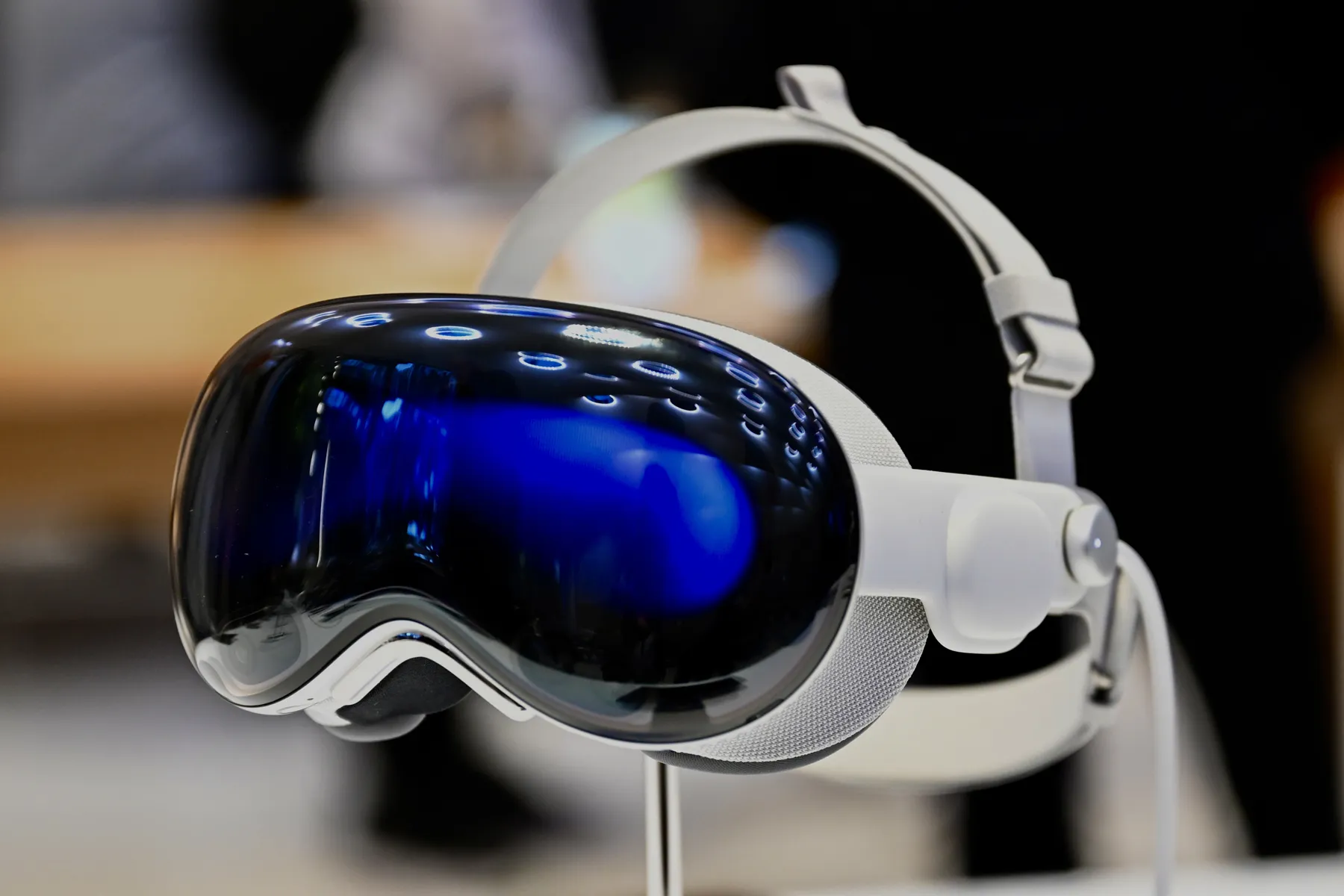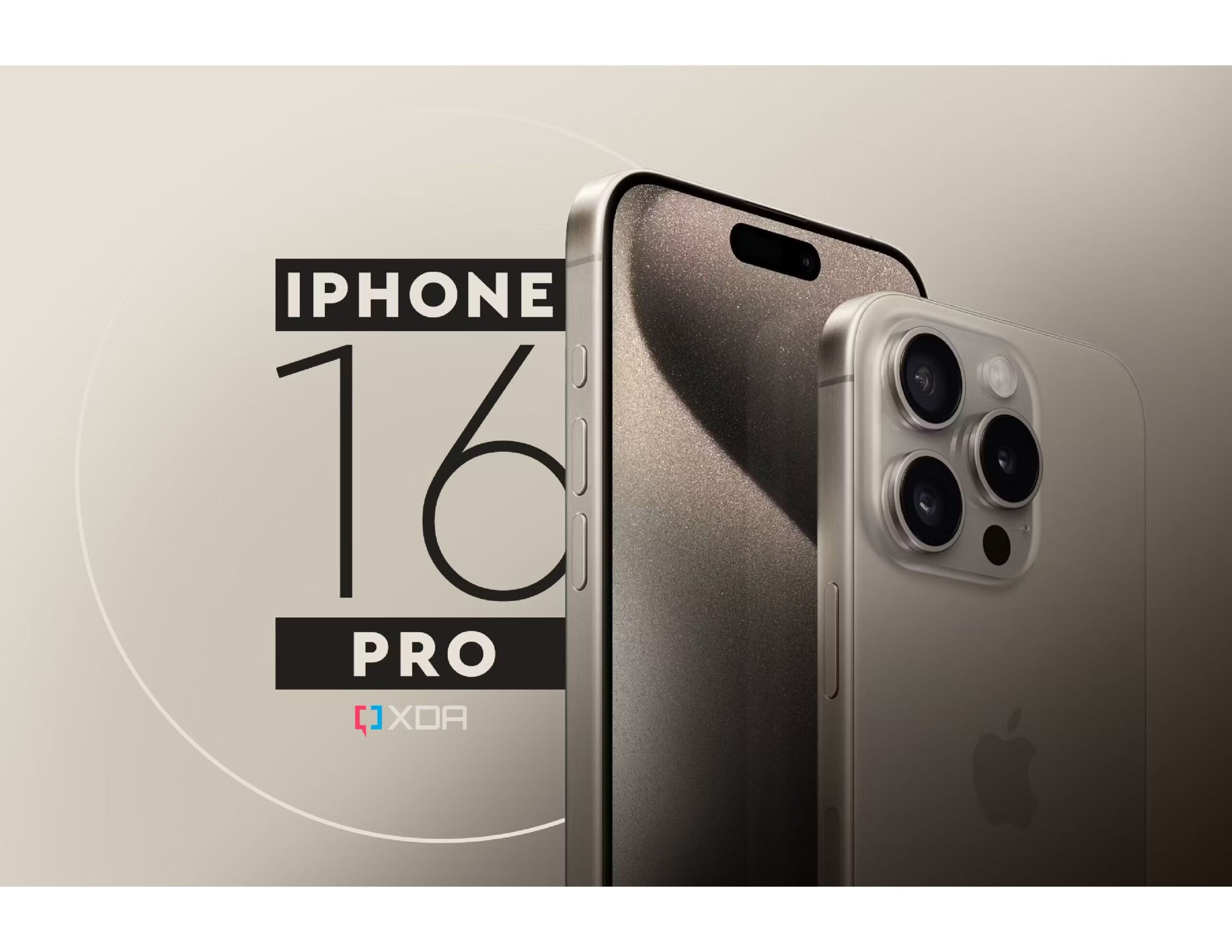
Smart glasses are cutting-edge wearable technology integrating augmented reality (AR) and intelligent computing features into eyeglasses. These devices provide users a hands-free way to access information, communicate, and interact with their environment in real time. As smart glasses evolve, their impact on social interaction and communication is becoming increasingly significant. This blog explores how smart glasses transform how we connect with others, the potential benefits and drawbacks of this technology, and the future implications for society.
The Evolution of Smart Glasses
1) Early Developments
The concept of smart glasses has been around for decades, with early prototypes appearing in science fiction and experimental technology labs. However, in the early 2010s, smart glasses began to gain commercial traction. Google Glass, launched in 2013, was one of the first widely recognized smart glasses products. It featured a small display that projected information into the user’s field of view and a built-in camera and voice control capabilities. Despite its innovative design, Google Glass faced criticism and privacy concerns, leading to its limited success.
2) Modern Advancements
Since Google Glass’s initial launch, smart glasses technology has advanced significantly. Modern smart glasses, such as Microsoft HoloLens, Vuzix Blade, and Snap Spectacles, offer enhanced AR experiences, improved battery life, and more sophisticated sensors. These devices can overlay digital information onto the physical world, provide navigation assistance, enable hands-free communication, and even support immersive gaming and entertainment experiences.
How Smart Glasses Affect Social Interaction
1) Enhanced Communication
Real-Time Information Access: Smart glasses allow users to access information in real-time without looking away from their surroundings. This feature can enhance communication by providing instant translations, contextual information, and visual aids during conversations. For example, smart glasses can display relevant data or notes in a business meeting, enabling more informed and dynamic discussions.
Visual and Audio Communication: With built-in cameras and microphones, smart glasses facilitate seamless video calls and voice communication. This hands-free functionality can make virtual meetings more natural and interactive, as users can maintain eye contact and engage more fully with their environment while communicating.
2) Social Interaction in Professional Settings
Remote Collaboration: In professional settings, smart glasses can revolutionize remote collaboration. For instance, engineers, designers, and medical professionals can use smart glasses to share their points of view with colleagues in real time. This capability allows for remote diagnostics, expert consultations, and collaborative problem-solving, regardless of geographic location.
Training and Education: Smart glasses can enhance training and educational experiences by providing interactive, hands-on learning opportunities. Trainees can receive step-by-step instructions overlaid in their field of view, allowing them to perform tasks more efficiently and accurately. In educational settings, students can engage with interactive AR content that brings lessons to life and fosters more profound understanding.
3) Social Interaction in Personal Settings
Augmented Reality Social Experiences: Smart glasses can create new forms of social interaction through AR experiences. For example, users can play AR games with friends, attend virtual concerts, or participate in shared digital environments. These experiences can strengthen social bonds and provide new avenues for entertainment and connection.
Accessibility and Inclusivity: Smart glasses have the potential to make social interactions more accessible for individuals with disabilities. Features such as real-time transcription, sign language translation, and visual aids can help individuals with hearing or visual impairments communicate more effectively and participate more fully in social activities.
Potential Benefits of Smart Glasses
1) Increased Productivity
Efficiency in Daily Tasks: Smart glasses can streamline daily tasks by providing hands-free access to information and tools. Workers in various industries, such as logistics, manufacturing, and healthcare, can benefit from real-time data overlays, remote assistance, and automated documentation. This increased efficiency can lead to higher productivity and improved job performance.
Enhanced Multitasking: With smart glasses, users can multitask more effectively by accessing information and performing tasks simultaneously. For example, a technician can follow repair instructions while freeing both hands to work on equipment. This capability can reduce task completion times and improve accuracy.
2) Improved Communication and Collaboration
Seamless Connectivity: Smart glasses enable seamless connectivity and communication, allowing users to stay connected with colleagues, friends, and family members at all times. This constant connectivity can facilitate quicker decision-making, faster problem resolution, and stronger relationships.
Immersive Remote Experiences: Smart glasses’ AR capabilities can create immersive remote experiences that bridge the gap between physical and virtual interactions. Remote team members can feel more present and engaged during virtual meetings, leading to more effective collaboration and robust team cohesion.
3) Health and Safety Benefits
Hands-Free Navigation: Smart glasses can provide hands-free navigation assistance, which is particularly useful for activities such as driving, cycling, and walking in unfamiliar areas. By displaying directions and alerts directly in the user’s field of view, smart glasses can enhance safety and reduce distractions.
Health Monitoring: Some smart glasses models have health monitoring features like heart rate sensors and activity trackers. These capabilities can help users stay informed about their health and fitness levels, encouraging healthier lifestyles and early detection of potential health issues.
Potential Drawbacks of Smart Glasses
1) Privacy Concerns
Surveillance and Data Collection: The widespread use of smart glasses raises significant privacy concerns. With built-in cameras and microphones, smart glasses can inadvertently record private conversations and activities. This potential for constant surveillance can lead to discomfort and distrust among individuals unaware they are being recorded.
Data Security: The data collected by smart glasses, including location information, health metrics, and personal interactions, can be vulnerable to hacking and unauthorized access. Ensuring robust data security measures is essential to protect users’ privacy and prevent misuse of sensitive information.
2) Social Disconnection
Overreliance on Technology: The convenience and functionality of smart glasses can lead to an overreliance on technology, potentially diminishing face-to-face interactions and social skills. Users may become more absorbed in their digital experiences, neglecting meaningful connections with those around them.
Distraction and Safety Risks: Smart glasses can also pose distraction and safety risks, particularly in situations that require full attention, such as driving or operating machinery. The constant influx of digital information can divert users’ focus from their immediate environment, increasing the likelihood of accidents and injuries.
Addressing the Challenges
1) Privacy Protection Measures
Transparent Policies: Developers and manufacturers of smart glasses should implement transparent privacy policies that clearly outline data collection practices and user consent requirements. Users should be informed about what data is being collected, how it will be used, and who can access it.
User Controls: It is crucial to provide users with granular controls over their data and privacy settings. Users should be able to quickly turn on or off features such as cameras, microphones, and location tracking. Clear indicators (such as LED lights) should also signal when recording functions are active.
2) Promoting Responsible Use
Education and Awareness: To mitigate potential drawbacks, it is essential to educate users about the responsible use of smart glasses. This includes promoting etiquette for public spaces, such as turning off recording features in sensitive environments and encouraging balanced usage to prevent social disconnection.
Design Considerations: Designing smart glasses with features that promote safety and minimize distraction can help address some of the associated risks. For example, implementing context-aware notifications that prioritize important alerts while suppressing non-essential information can reduce distractions.
The Future of Smart Glasses in Social Interaction and Communication
1) Integration with Emerging Technologies
Artificial Intelligence: Integrating artificial intelligence (AI) with smart glasses can enhance functionality and user experience. AI-powered features like real-time language translation, context-aware assistance, and predictive analytics can provide users with more relevant and personalized information.
5G Connectivity: The advent of 5G technology will enable faster and more reliable connectivity for smart glasses. This enhanced connectivity will support real-time data streaming, low-latency interactions, and seamless integration with other connected devices, further expanding the capabilities of smart glasses.
2) Evolving Social Norms
Acceptance and Adaptation: As smart glasses become more prevalent, social norms and etiquette will continue to evolve. Society will need to adapt to the presence of this technology and establish guidelines for appropriate usage in different contexts.
Workplace Integration: Smart glasses will likely become a standard tool in various professional fields. Training programs and best practices will be developed as workplaces integrate this technology to maximize its benefits and minimize potential issues.
Smart glasses represent a significant advancement in wearable technology, with the potential to transform social interaction and communication profoundly. By providing real-time information access, enhancing remote collaboration, and creating new social experiences through augmented reality, smart glasses can improve productivity, connectivity, and inclusivity.
However, the widespread adoption of smart glasses also raises significant challenges, including privacy concerns, the risk of social disconnection, and potential safety hazards. Addressing these challenges through transparent policies, user education, and thoughtful design will be crucial to ensuring the responsible and beneficial use of smart glasses.
As technology evolves, smart glasses will likely play an increasingly important role in our personal and professional lives. By embracing the opportunities and addressing the challenges, we can harness the power of smart glasses to enhance social interaction and communication in meaningful and positive ways.


